Preparing for the biggest traditional celebration of the year for any culture is no small thing, and for Chinese, Vietnamese, and Koreans families around the world, preparations for the Lunar New Year start well in advance. All three cultures, whose early societies were based around the Chinese lunar calendar system, mark the second new moon after the winter solstice as the beginning of a new year on the lunar calendar. This transition to a new year is of special significance as it symbolises discarding the old and embracing the year ahead.
Cleaning the House

This translates into a proper spring cleaning – after all Lunar New Year is a celebration of the coming of spring – where families would clean their households thoroughly before the new year, as a symbolic act of cleaning away the past year. For Chinese and Vietnamese households especially, this spring cleaning tradition is important as it is considered a taboo to clean the house the first day of the Lunar New Year, as it is seen as “sweeping away your luck”.
Don’t “sweep away your luck” this Lunar New Year!
Refresh Your Wardrobe

The new year is also commemorated with new clothes, which are usually worn on the first day of the Lunar New Year. So if you are looking for any excuse to go shopping for the Lunar New Year, this is it.
Putting Up Decorations
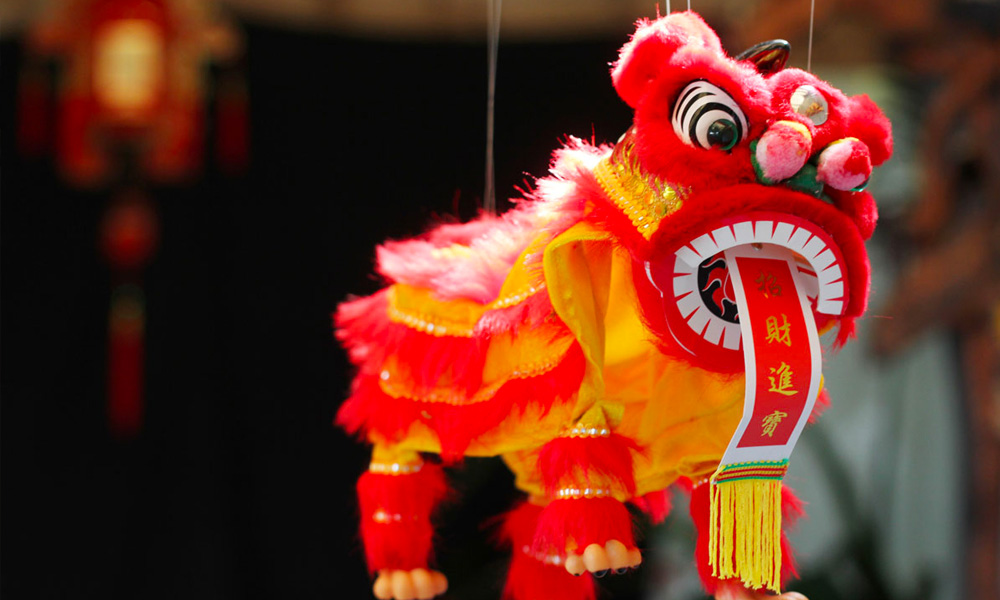
Colours play a very important role in Chinese, Vietnamese, and Korean cultures, and the Lunar New Year is always a festival of bright and vibrant colours. For the Chinese and Vietnamese the most dominant shade of the season is red, as it bears the same association of happiness, good fortune, and celebration.
Red colour represents happiness, good fortune, and celebration for the Chinese and Vietnamese. As such, Chinese and Vietnamese communities would literally paint the town red by putting up red decorations such as lanterns and paper cut-outs bearing expressions of hope for a happy and prosperous life. They would also celebrate the occasion by putting up auspicious plants such as a peach blossom or kumquat trees.
The Koreans, on the other hand, see red as symbolic of passion, which isn’t widely appropriate for Seollal, the Korean Lunar New Year. It is also worth noting that if you are wishing a Chinese or Korean family, don’t write anything, especially their name, in red ink as it is an allusion to harm or death. As a good luck charm, Korean households would hang a bamboo strainer known as the bokjori on a wall in their house.
Stock Up for the Festive Season

Transcending cultural practices and taboos, the common trait between Chinese New Year, Vietnamese’s Tet, and Seollal, is the family reunion, and nothing brings a family together better than food. With Seollal being a three-day affair, Tet a week-long celebration, and Chinese New Year lasting up to 15 days traditionally, it is good to have your pantries stocked up with food, snacks, and drinks to welcome family, friends, and guests.
An Array of Cookies and Snacks
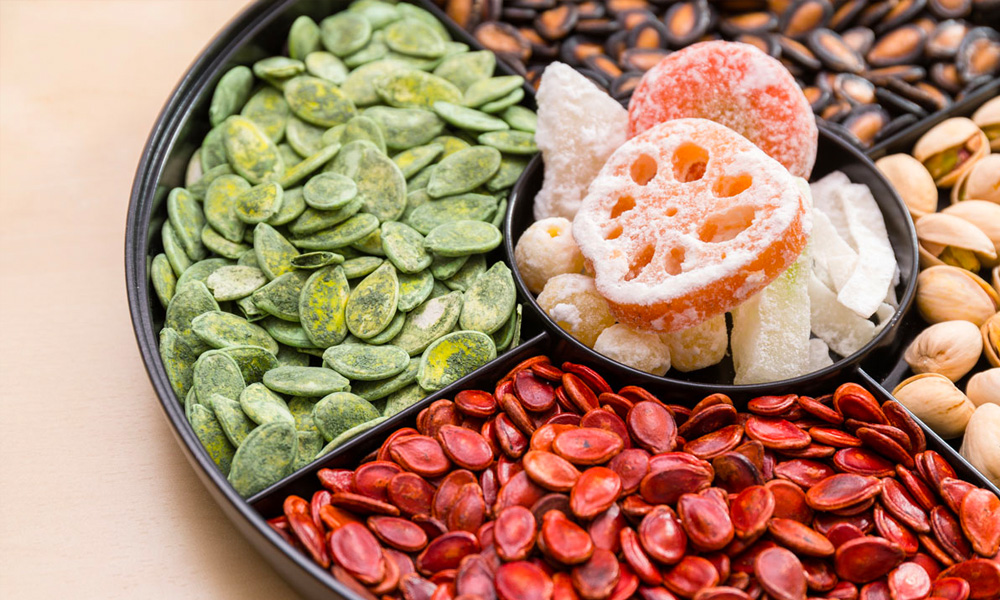
You don’t have to look far for ideas of what to prepare for the Lunar New Year as we at Asian Inspirations have got you covered with a wealth of festive recipes and snacks to usher in the Lunar New Year season, all of which you can find here.
Preparing the Gifts

Gift-giving is an important aspect of Lunar New Year celebrations, however, unlike a festival like Christmas, you don’t have to crack your head over what to buy as gift-giving is usually dictated by age-old traditions. Elders and married couples prepare hongbao (red packets) to giveaway to the younger generations.
For adults giving to adults or even business partners, these gifts are usually gift baskets full of snacks, tea, fruits, and alcoholic beverages. In the run-up to Lunar New Year, many Asian grocers would usually stock up on these pre-packaged gift baskets, though a personally home-made gift basket is always greatly appreciated.
If you are an elder in the family and have the younger generations of the family visiting, it is customary to give packets of money after they have wished you a happy new year. So prepare packets of hongbao and bokjumeoni filled with crisp new notes as it is symbolic of a new year.
Visit a Flower Market
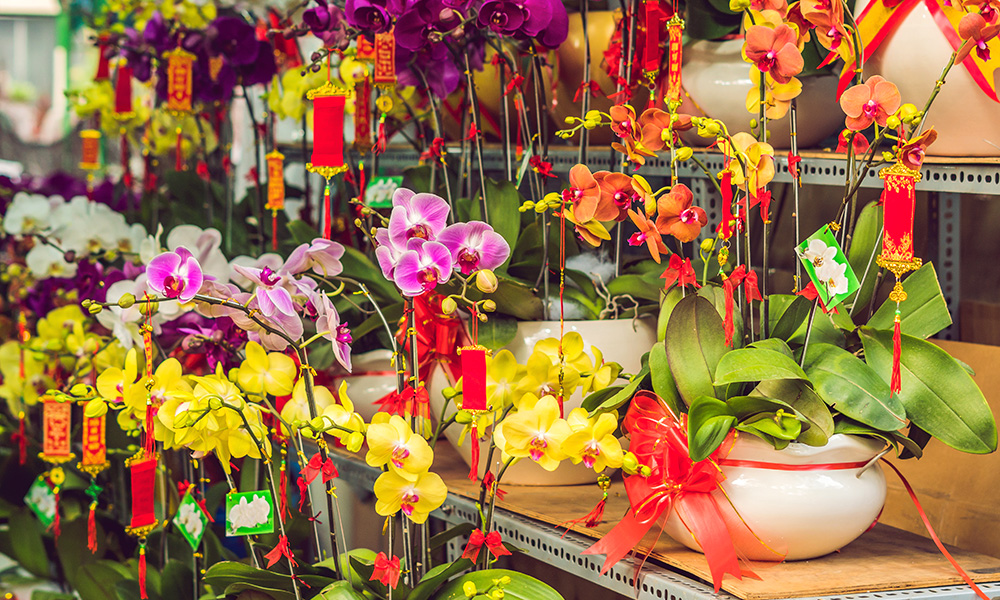
Bustling flower markets specially built for Lunar New Year preparations is where everyone does their shopping and immerse in the pre-festival spirit. You can find all kinds of traditional foods, unique snacks, festive fashion, a plethora of auspicious décor items and lucky plants like orange tree, bamboo, and cherry blossom. As the new year approaches, some flower markets may also have cultural performances to hype up the vibes.
Paying Respects to The Ancestors
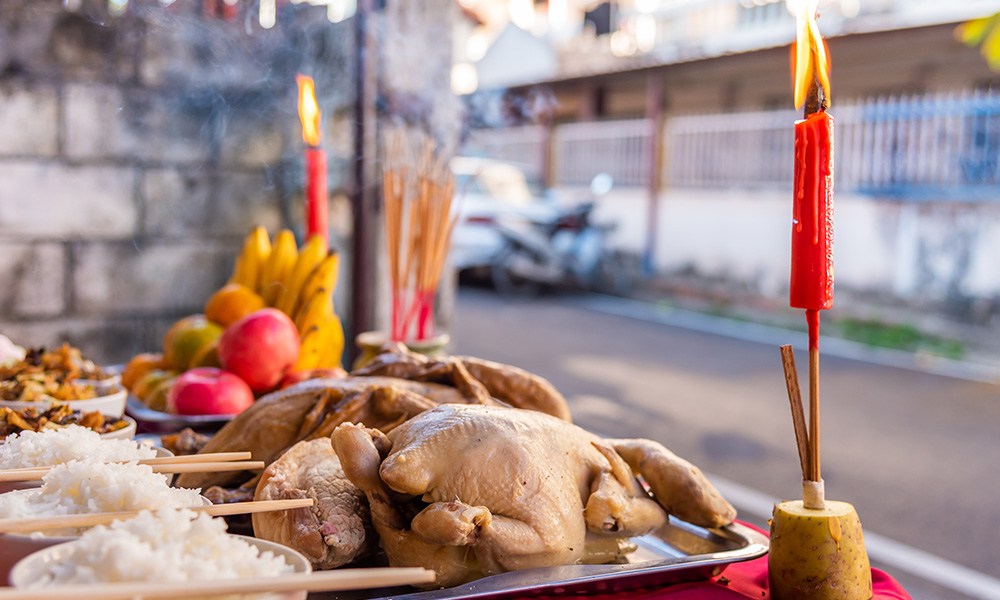
Lunar New Year is a great familial event that also honours the generations who came before. On the festival’s eve, the Chinese set up altars at home with incense and a tableful of fruits and dishes as offerings. A tradition the Korean and Vietnamese also practise. The latter set out additional altars on roadsides too. Temple visits to pray for health, safety and fortune in the coming year is a must-do tradition for many as well – also a ritual to honour the deities and communal ancestors. Many would even stay at the temples till late night, and enjoy the surrounding festivities as they countdown to the new year.
More Good Fortune for Your Lunar New Year
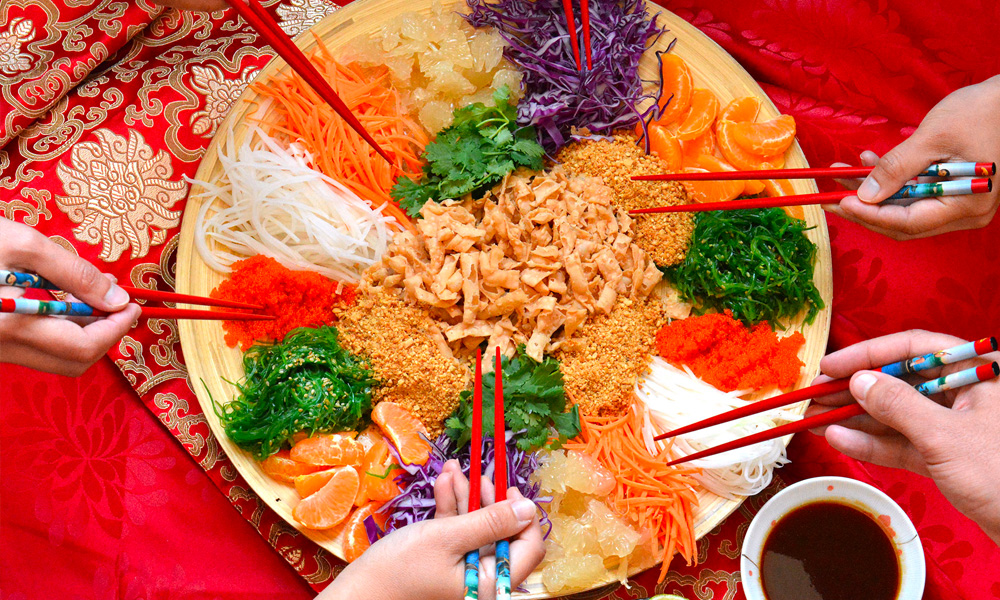
Usher in the Lunar New Year with more joy and well wishes. Cook up these 8 auspicious goodies to share with your loved ones. And, come discover how Lunar New Year is celebrated around the world!


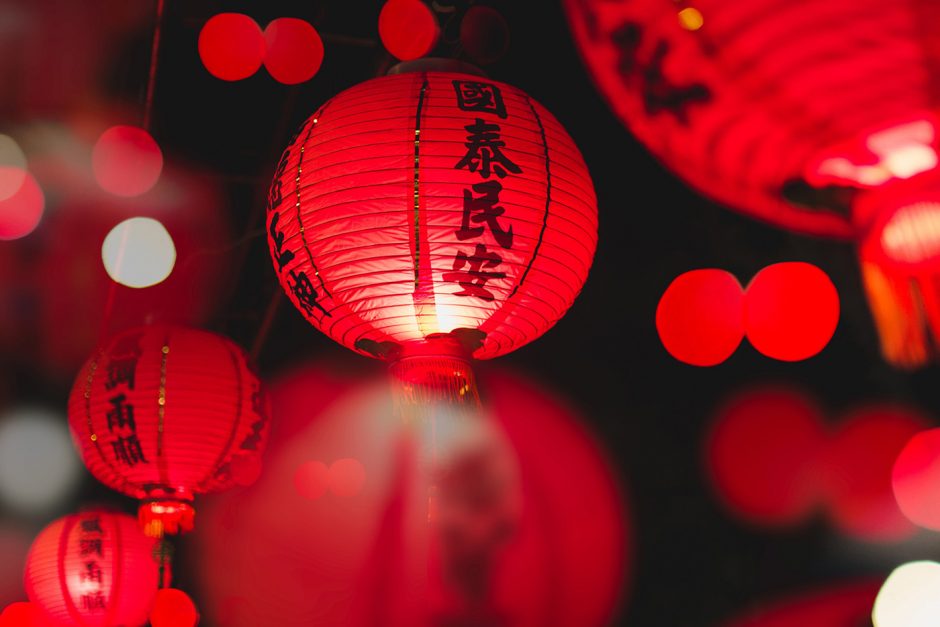



You must be logged in to post a comment.